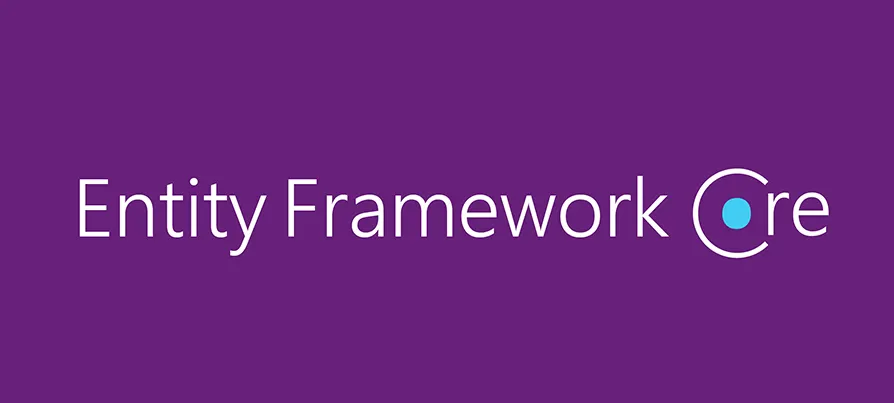Boost Your Entity Framework With These Tips!

Entity Framework (EF) is a powerful Object-Relational Mapper (ORM) that simplifies data access in .NET applications. However, as applications scale, EF performance can become a concern. This guide will explore practical tips and code samples to enhance the performance of Entity Framework in your .NET applications. Whether you're dealing with 8slow queries*, high latency, or inefficient data retrieval, these strategies will help optimize your EF usage and ensure smoother operations.
Intro
Entity Framework Overview
Entity Framework build by Microsoft is an ORM framework that maps .NET objects to database tables, simplifying data access and manipulation. It allows developers to work with data using .NET objects rather than SQL queries. While EF provides many conveniences, it can sometimes introduce performance challenges, especially in large-scale applications.
Does Optimizing Performance Does Matter❔
Well its actually depends on what your are targeting, how big the scope is?, how many stakeholders involved. But for me personally, even if its a small project used by group of 2 people. Performance should not take for granted. Even, learning writing high performance code or tuning lead us to oversee big picture of application and system itself. Optimizing EF performance is crucial to ensure your applications remain responsive and efficient. Slow data access can lead to a poor user experience, increased resource consumption, and higher operational costs. By addressing performance issues, you can enhance application speed, reduce latency, and improve overall user satisfaction. Faster then your user will love it 🚀!!.
Performance Bottlenecks In a Nutshell
- N+1 Query Problem: Occurs when loading related entities in separate queries, leading to excessive database hits.
- Lazy Loading: Can lead to unexpected database queries if not properly managed.
- Large Data Sets: Retrieving large amounts of data can slow down performance.
Boost Your Query Performance
1. Avoiding N+1 Query Problems
The N+1 query problem arises when querying related data in separate queries. Use eager loading to address this issue.
var students = context.Students
.Include(o => o.Profile)
.Include(o => o.Course)
.ToList();
Explanation: The Include method eagerly loads related entities, reducing the number of database queries. More like
left join,inner joininSQLstatement.
2. Optimizing Data Access Using Asynchronous Data Operations
Asynchronous operations can prevent blocking, improving application responsiveness.
var students= await context.Students
.Where(p => p.IsActive)
.ToListAsync();
Using No-Tracking Queries
No-tracking queries are useful for read-only operations, reducing overhead. The AsNoTracking method avoids tracking changes, improving performance for read-only queries.
var students = await context.Students
.AsNoTracking()
.Where(p => p.IsActive)
.ToListAsync();
Paginate Your Result To Client
Pagination helps manage large data sets by loading only a subset of records. The Skip and Take methods implement pagination, reducing the amount of data loaded at once.
int pageNumber = 1;
int pageSize = 10;
var studentPaged = await context.Students
.OrderBy(p => p.Name)
.Skip((pageNumber - 1) * pageSize)
.Take(pageSize)
.ToListAsync();
Queries Data Information That Necessary (Projection)
If you dont need the field Name, then dont call it! Simple 😊.
Bad Approach ❌
var students = await context.Students.ToListAsync();
By refer to the code, if that table Students have 40 Column then it will fetch all the column at once. Which is not very efficient and can impact performance.
Better approach ✅
var students = await context.Students.Select(r => new Student { r.StudentId, r.Name }).ToListAsync();
Conclusion
Optimizing Entity Framework performance is crucial for maintaining efficient and responsive .NET applications.
By understanding common performance bottlenecks and implementing best practices, such as compiled queries, eager loading, and caching, you can significantly enhance your application's data access efficiency.
